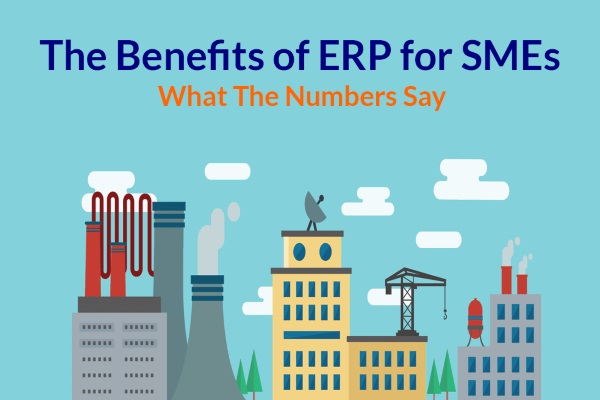Published on the 20/06/2017 | Written by Matthew Murray

Overwhelmed with fancy new technologies, it can be easy to lose sight of the value added by foundational software, writes Matthew Murray…
One of the primary responsibilities of management is to ensure the company is more productive than last year. And with human expertise, robotics, and software seemingly improving every year, it feels like annual productivity improvements should be within reach. A well-implemented ERP system that has been fully adopted by users confers several benefits that improve functionality across all company departments. These include: The impact of an improved workflow can also be seen in cashflow statements. As delays created by moving customers across multiple systems is eliminated, clients are invoiced quicker and companies achieve a better working capital situation. But if ERP is so beneficial, why doesn’t every CFO insist on meeting an ERP software consultant? There are many reasons, of course, but one is the lack of clarity with respect to ROI. Company directors are justifiably concerned that the payback period for an expensive ERP system may be longer than the investment in a company-wide system is worth. This is especially true in cases where high levels of customisation will drive up costs, or time to full implementation. So how long should it take to see a return on ERP investment? There are several ways to calculate the return on investment; for this infographic, we look at how it is possible to see results in just nine months. These results are encouraging and suggest that in less than a year, companies are seeing a meaningful degree of the anticipated benefits they expect ERP to deliver. Matthew Murray is MD of Notable, a business solutions firm based in Singapore. One of the best ways companies can increase productivity is still by focusing on the basics, including the implementation of a company-wide ERP system.
One of the best ways companies can increase productivity is still by focusing on the basics, including the implementation of a company-wide ERP system.




























